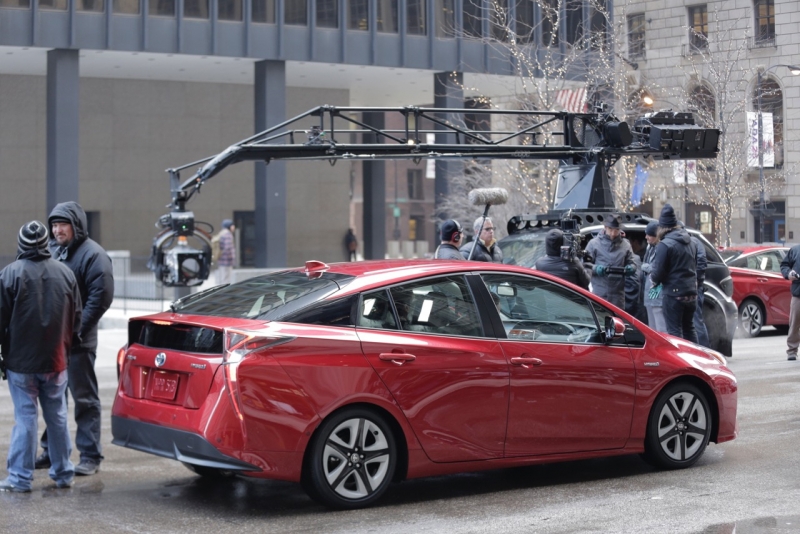DETROIT – Automakers want harmonized global carbon-dioxide emissions and fuel-economy testing, because they think it will free up cash to invest in technologies that would leave the world a cleaner place for future generations.
“The world has a patchwork of vehicle-emissions and fuel-economy regulations,” says David Garrett, director-global vehicle emissions compliance at General Motors.
Disparate emissions and fuel-economy standards around the world have become a source of growing angst for global automakers, because the rules require the deployment of different technologies in every market.
Even with the recent emergence of common vehicle and powertrain architectures offering unprecedented flexibility, it costs hundreds of millions of dollars for an OEM to design, engineer and validate a car that may sell in upwards of 150 countries.
Each of those countries has relatively unique criteria for compliance, such as drive cycles, test conditions, credits and timetables. If that is not difficult enough, a panel of experts tells the SAE World Congress here, the industry is in the midst of an expanding and intensifying global regulatory environment.
“So far we’ve been successful,” says Rick Gezelle, national manager-Toyota Motor North America. “But we are increasingly finding it is coming at a price.”
Gezelle says Toyota deploys 16 engine models globally, but must spin them off into 800 different types.
“It is likely to grow,” he says of the variants.
The only alternative to an expanse of technologies, Gezelle offers, is to engineer a single, global powertrain. That would come at the expense of customer satisfaction and affordability, depending on the market.
“In either case, we are spending resources that do not enhance value to our customers,” he says.

One solution is the Toyota Next Generation Architecture, which commonizes a host of parts to free up investment for technology elsewhere on the platform. The first application is the fourth-generation Prius in the U.S., where the car meets regulations from two federal bodies and one state government.
“It would be great if we could start harmonization here in the U.S.,” Gezelle says.
The details of meeting so many regulatory regimes can be mind-numbing, Garrett suggests. He points to onboard diagnostic computers requiring country-specific programming of thousands of lines of software code.
The U.S. carries the most stringent OBD requirements, he says, which means a powertrain that meets standards here would be over-engineered in other countries. On the flipside, a vehicle engineered to a standard outside the U.S. would have to be re-engineered for sale here.
And when it comes to the principal goal of improving air quality, why must some regulatory bodies put the onus entirely on new technologies from OEMs? Garrett asks.
“It can’t all be on the back of future vehicles,” he says in a plea for scrappage and owner-inspection programs. “The existing fleet will remain a significant contributor to air quality for 10-15 years.”
At the end of the day, Garrett says harmonized global standards should not be the industry’s goal. In fact, he favors localized rules. Instead, GM wants harmonized test procedures, as long they are truly representative of real-world conditions. Harmonized test procedures also would permit OEMs to compare notes more effectively.
“Drive cycles don’t matter. Just pick one,” Garrett says, admitting he favors the global WP.29 harmonization framework.
However, China, the world’s largest vehicle market, is an argument for retaining localized drive standards, says Frank Zhao, a professor at Tsinghua University in Beijing. The country is large and economically diverse, he notes, and its many regulations are driven more by China’s energy dependence than by air quality.
“The emissions problem can be fixed. The real problem is the energy shortage,” he says. “China needs a Chinese-specific drive cycle.”
Zhao sees the explosion in vehicle connectivity as one possible solution. Cars that talk to each other and the infrastructure will improve traffic flow and slash emissions.
“The vehicle is an island right now,” he says.
John DeCicco, a research professor at the University of Michigan, says vehicle technology is not the stumbling block to improving air quality.
“The technology to solve urban air quality was proven 20 years ago,” he says. “The problem is adoption and enforcement.”
DeCicco points to European Union rulemaking, which he considers outdated and over-reliant on OEM data. The Volkswagen emissions scandal is proof, he says. “It is not working.”





